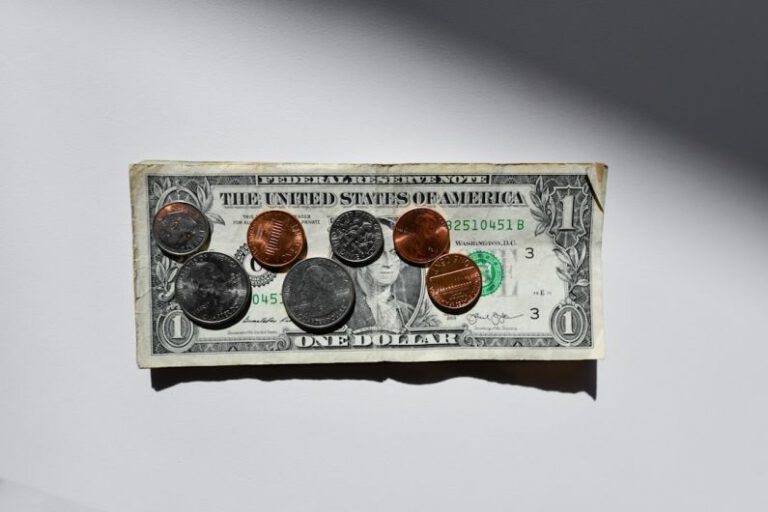The Role of Precious Metals in Diversifying Your Portfolio
Diversifying Your Portfolio with Precious Metals
Diversification is a key strategy for investors looking to mitigate risk and achieve long-term financial success. While traditional investment options like stocks and bonds have their merits, incorporating precious metals into your portfolio can offer unique benefits and enhance diversification. In times of economic uncertainty or market volatility, the role of precious metals becomes increasingly important in safeguarding wealth and preserving purchasing power. Let’s delve into the various ways in which precious metals can help diversify your investment portfolio.
The Hedge Against Inflation
One of the primary reasons investors turn to precious metals is their ability to act as a hedge against inflation. Unlike fiat currencies that can be devalued by central banks through excessive money printing, precious metals like gold and silver have intrinsic value that tends to hold steady or even appreciate during times of inflation. By allocating a portion of your portfolio to precious metals, you can protect your wealth from the erosive effects of inflation and maintain its purchasing power over the long term.
Safe-Haven Assets in Times of Crisis
Precious metals have long been considered safe-haven assets, meaning they tend to retain their value or even appreciate during times of economic or geopolitical uncertainty. When stock markets are in turmoil or currencies are facing volatility, investors often flock to precious metals as a store of value. This flight to safety can provide stability to your portfolio and help offset losses in other asset classes during turbulent times.
Diversification from Traditional Assets
In addition to their role as inflation hedges and safe-haven assets, precious metals offer diversification benefits by having low correlation to traditional financial assets like stocks and bonds. This means that the value of precious metals does not necessarily move in tandem with the broader financial markets, providing an extra layer of diversification to your portfolio. By adding assets with different performance characteristics, you can reduce overall portfolio risk and potentially enhance returns over the long term.
Liquidity and Accessibility
Another advantage of investing in precious metals is their liquidity and accessibility. Gold and silver, in particular, are widely traded commodities with active markets around the world. This means that you can easily buy or sell precious metals at transparent prices, making them a liquid asset that can be quickly converted into cash when needed. Moreover, there are various ways to invest in precious metals, including physical bullion, exchange-traded funds (ETFs), and mining stocks, allowing investors to choose the option that best suits their preferences and risk tolerance.
Portfolio Protection in Times of Market Volatility
During periods of market volatility or economic downturns, precious metals can serve as a buffer against losses in other asset classes. The intrinsic value and scarcity of precious metals provide a level of stability that can help preserve wealth when traditional investments are underperforming. By diversifying your portfolio with precious metals, you can reduce overall volatility and increase the resilience of your investment strategy in the face of unpredictable market conditions.
The Role of Precious Metals in a Well-Balanced Portfolio
In conclusion, the role of precious metals in diversifying your portfolio cannot be overstated. By incorporating assets like gold and silver into your investment strategy, you can benefit from their inflation-hedging properties, safe-haven status, diversification benefits, liquidity, and portfolio protection during times of market volatility. Whether you are a seasoned investor looking to enhance your portfolio or a beginner seeking to build a resilient investment strategy, precious metals offer a compelling opportunity to strengthen your financial position and achieve long-term wealth preservation.






